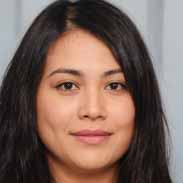Formal And Informal Flashcards, test questions and answers
Discover flashcards, test exam answers, and assignments to help you learn more about Formal And Informal and other subjects. Don’t miss the chance to use them for more effective college education. Use our database of questions and answers on Formal And Informal and get quick solutions for your test.
What is Formal And Informal?
Formal and informal education are two different types of learning that have a range of similarities and differences. Formal education is traditional in the sense that it involves structured lessons and classes within an academic institution such as a school, college or university. This type of learning typically follows an organized curriculum designed to meet specific educational goals within set time frames. In contrast, informal education is more self-directed, allowing learners to take control of their own learning process by seeking out information from various sources including books, magazines, websites and conversations with other people.The main similarity between formal and informal education is that both can provide knowledge and skills needed for personal growth. However, the key difference lies in the way knowledge is acquired; formal education follows a structured program while informal learning is open-ended and often driven by individual interests or needs. Both approaches have their advantages; for example, formal learning provides students with access to certified teachers who can guide them through course material at an appropriate pace while informal learning allows individuals to pursue topics they are passionate about without the need for external guidance or oversight.In conclusion, both formal and informal education play important roles in helping individuals gain knowledge and skills necessary for achieving success in life. While formal instruction offers structure and guidance through a certified teacher or professor, informally learned information can provide valuable insights into topics outside the scope of traditional curriculums. Ultimately it’s up to each individual learner to decide which approach they prefer based on their particular goals and interests since both paths can lead to successful outcomes if pursued correctly.























